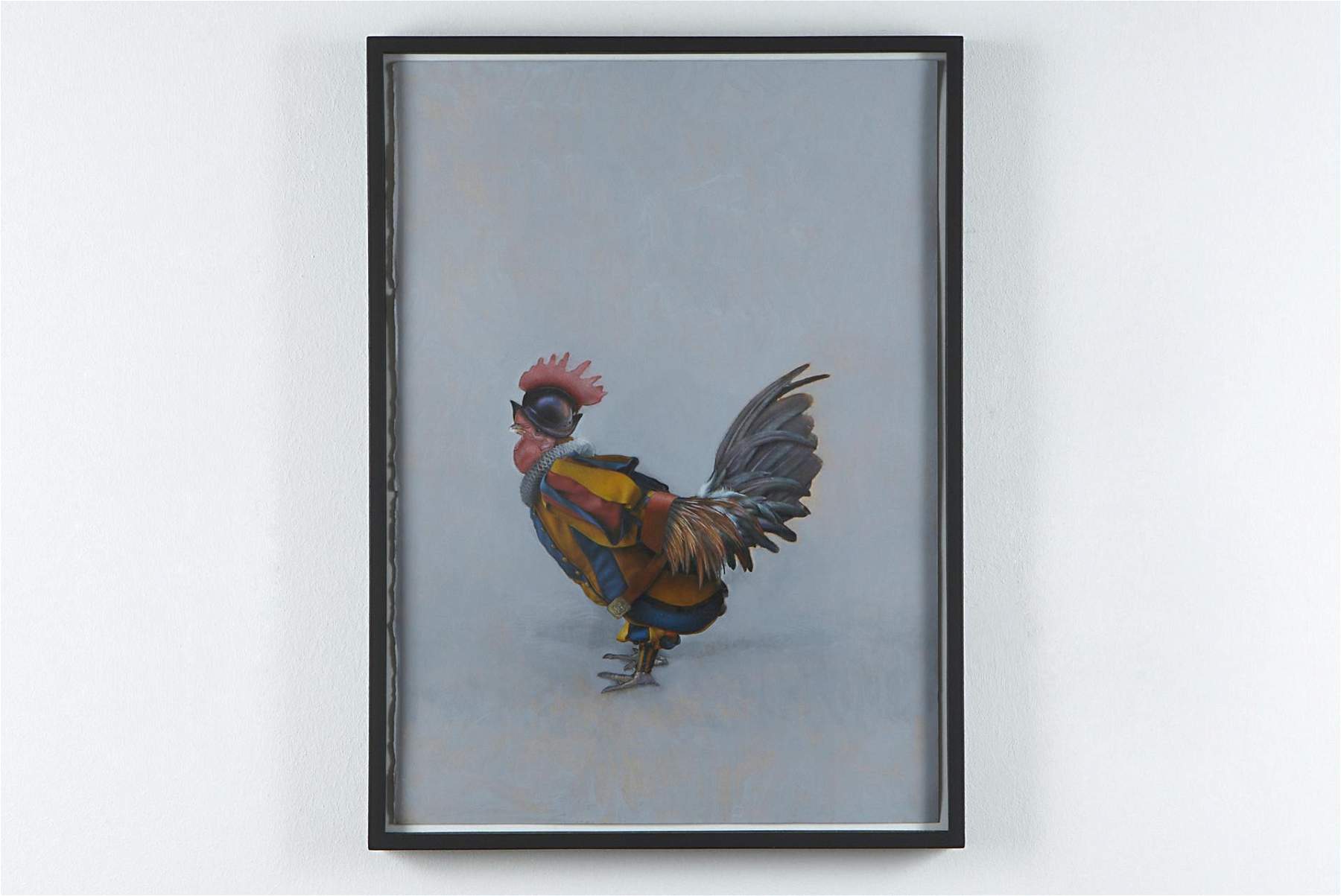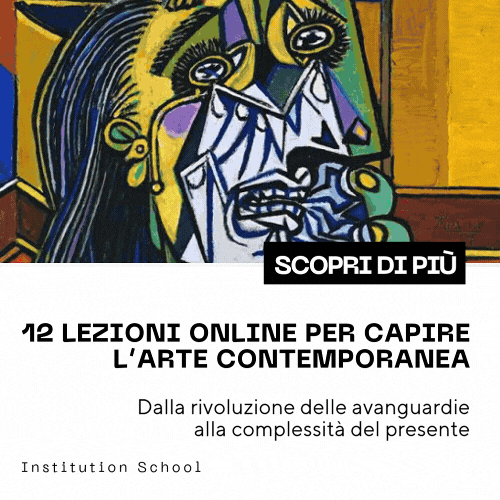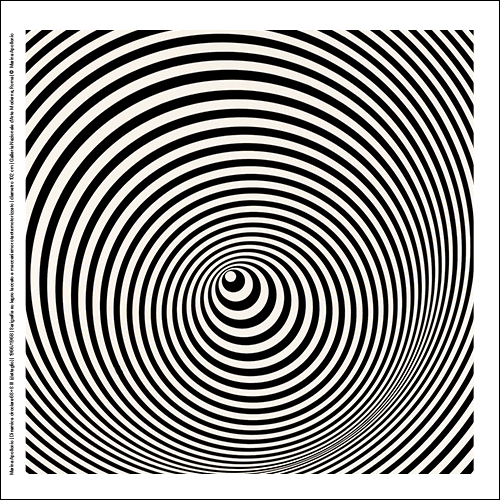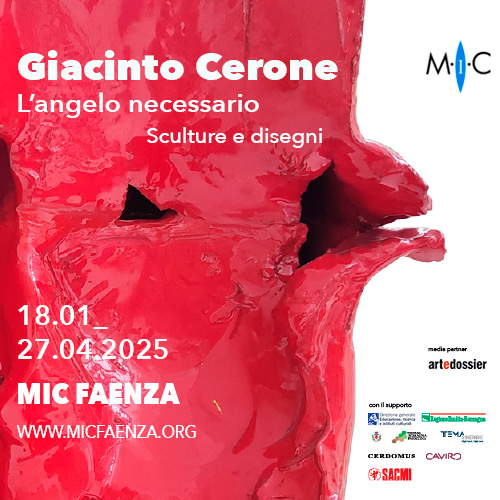In Lugano the new solo exhibition of Pietro Roccasalva with 50 works
From September 18 to December 18, 2022, the Giancarlo and Danna Olgiati Collection in Lugano presents the exhibition Chi è che ride, a solo show of Italian artist Pietro Roccasalva(Modica, 1970). The exhibition is the first one dedicated to the artist by a Swiss institution and was created with the idea of presenting and reconstructing some fundamental nuclei of his production through a project that brings together about fifty works, from the late 1990s to the present, including new productions, unpublished works from the artist’s studio and others from prestigious public and private collections.
Pietro Roccasalva’s work has to do with painting as a specific field of action, even when it contemplates the use of other media that are always an integral part of the process that precedes and follows the creation of a pictorial image. In fact, the formal and conceptual research that the artist has pursued over the past two decades moves within a broad field of investigation in which the practice of painting intersects with other means of expression such as sculpture, photography, video and performance, under the banner of a linguistic contamination that, however, always has its point of departure and arrival in painting. Through a plurality of references ranging from everyday life to art history, from cinema to literature, from philosophy to digital and media culture, Roccasalva has elaborated a vast iconographic repertoire made up of characters, objects, architectures and a very personal vocabulary in which the most traditional painting techniques and genres meet the most recent digital practices.
Opening the exhibition is the neon sign Who’s Laughing (2022), which, in addition to giving the title to the exhibition, serves as an introduction to the entire project because it encapsulates the meaning of the artist’s entire research: a reflection on the crisis of the Subject, and therefore of identity, image and form.
Behind the large neon sign, the first room brings together for the first time a significant group of pictorial works from Just Married Machine #1, the 2012 tableau vivant featuring a married couple within a landscape crowded with objects designed and made for the occasion. In the exhibition, the pictorial restitution of this subject passes through different moments that tell its genesis and evolution, starting from the studies on paper hidden on the back of moleskines in Rear Window (2016) to the large canvases depicting the couple, Study from Just Married Machine (2018; 2019; 2022), and the small black-and-white paintings in the Hetalvó series (2018).
The character of the bride also becomes the protagonist of an entire room that brings together a selection of thirty previously unpublished drawings and a series of recent paintings entitled The Western Bride (2021), while the encounter between male and female, animate and inanimate returns in The Argon Welder (2019), a cycle that thematizes the artistic gesture and its power to sublimate the ordinary by changing the substance of things. There is no shortage of paintings dedicated to perhaps the best-known characters in the artist’s repertoire: the elevator driver in The Skeleton Key (2007; 2015) and the waiter in The Traviator (2012; 2014). These works recount the stylistic evolution that comes with the succession of iconographic variations, as well as the technical versatility of Roccasalva, who uses oil or acrylic paint indifferently, as well as charcoal or soft unfixed pastel.
From the scenes crowded with objects and figures in the first room, we come in the last to a series of seemingly monochrome paintings, which are both imprimiture-the first layer of a new painting-and d’après of famous Futurist paintings that the artist made by mixing all the pigments from the original works. Roccasalva imagines the Futurists in their drive toward progress melting down like Icaruses for getting too close to the sun. That of the sun is a central motif in the artist’s visionary universe; Jocundity, a cathedral with in place of a dome a juicer that rotates with daylight, visualizes its entropy and gradual death. In the exhibition, a sequence of six paintings portrays this architecture from different viewpoints and at various times of the day, from sunrise to sunset. Closing the exhibition is Fanfaro (2014): a child playing at biting the tail of a monitor lizard while the animal holds an orange in its claws, an element that recurs in the artist’s work as an image of the dead sun. The sculpture appears to be a reversal of Caravaggio’s Boy Bitten by a Lizard but evokes so much more, for example, Pietro and Gian Lorenzo Bernini’s Putto over a Dragon, the Chinese dragon with the flaming sphere, and even the child-beacon mentioned by Duchamp in his notes on TheGreat Glass.
In reconstructing different phases of Roccasalva’s production, the exhibition intends to emphasize the links and continuous cross-references between themes, iconographies, techniques and languages, restoring the complexity of a path that is similar to a journey into an “intermediate world” crowded with visions among which the artist makes space with every means at his disposal, first and foremost painting.
The exhibition is accompanied by a bilingual catalog, published by Mousse Publishing, Milan, which includes an exhaustive photographic documentation of it and critical texts by art historians Ara H. Merjian, Professor at New York University and Flavia Frigeri, Curator at the National Portrait Gallery, London. The essay by Ara H. Merjian traces Roccasalva’s production through a comparison with 20th-century art history, while Flavia Frigeri offers a reading of the work through the prism of slippage, temporal, spatial and narrative.
The exhibition, with free admission, can be visited Friday through Sunday from 11 a.m. to 6 p.m. For info go to the Olgiati Collection website.
Image: Pietro Roccasalva, Untitled (2010; ink and acrylic on paper, 36.5 x 26 cm) Photo Isoli Stefano
 |
| In Lugano the new solo exhibition of Pietro Roccasalva with 50 works |
Warning: the translation into English of the original Italian article was created using automatic tools. We undertake to review all articles, but we do not guarantee the total absence of inaccuracies in the translation due to the program. You can find the original by clicking on the ITA button. If you find any mistake,please contact us.





























